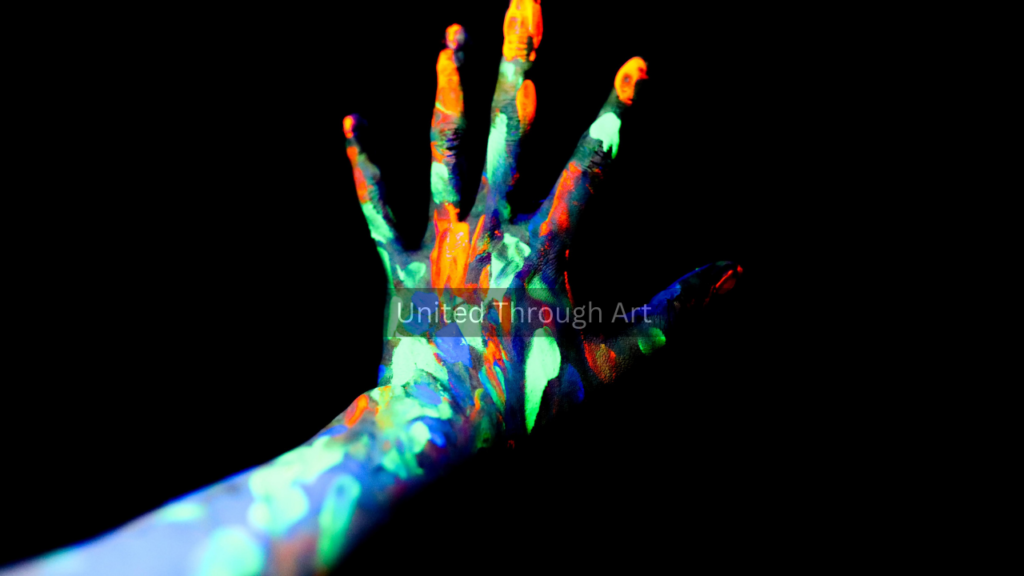
In recent years, the arts community has become a powerful force in the fight against addiction, using creativity as a tool for healing and support. As addiction continues to impact millions worldwide, artists, performers, and cultural institutions are stepping forward to address this issue in innovative ways. The collective response is not just about raising awareness but also about fostering a supportive environment where those struggling with addiction can find solace, expression, and recovery.
The Power of Artistic Expression
Art has long been recognized as a therapeutic outlet, providing a means to express complex emotions that are often difficult to articulate through words alone. For individuals battling addiction, this form of expression can be particularly powerful. Whether through painting, music, dance, or writing, art allows individuals to explore their emotions, confront their struggles, and envision a path toward recovery.
In many communities, art therapy programs have become integral to addiction treatment centers. These programs provide a safe space for individuals to explore their creativity while also addressing the underlying issues contributing to their addiction. By engaging in artistic activities, participants can develop new coping mechanisms, build self-esteem, and foster a sense of accomplishment—all of which are crucial for long-term recovery.
Community Initiatives and Collaborations
Beyond individual therapy, the arts community is coming together in larger collaborative efforts to combat addiction. Public art projects, performances, and exhibitions are being organized with the explicit aim of raising awareness and providing support. These initiatives often involve partnerships between artists, local governments, non-profits, and healthcare providers, creating a comprehensive approach to addressing addiction.
One such example is the rise of community art projects that involve individuals in recovery. These projects not only offer a creative outlet but also help to destigmatize addiction by bringing the issue into public view. Murals, sculptures, and installations created by those who have experienced addiction firsthand serve as powerful reminders of both the challenges and the possibilities of recovery.
Art as a Medium for Advocacy
Artists are also using their platforms to advocate for policy changes and greater support for addiction services. Through their work, they are able to reach a broad audience and influence public perceptions of addiction. Films, theater productions, and music that address themes of addiction and recovery are helping to shift the narrative from one of shame and isolation to one of understanding and compassion.
These artistic endeavors often emphasize the importance of viewing addiction as a public health issue rather than a moral failing. By humanizing the experiences of those struggling with addiction, artists can foster empathy and encourage communities to support measures that address the root causes of addiction, such as poverty, trauma, and mental health issues.
Building a Supportive Network
The arts community’s efforts to combat addiction are not just about individual expression or public awareness—they are also about building a network of support. Through workshops, support groups, and community events, artists are creating spaces where individuals can connect with others who share similar experiences. These connections are vital for those in recovery, providing a sense of belonging and mutual understanding.
In this way, the arts community is not only helping individuals heal but also strengthening the broader community. By coming together, artists and supporters are demonstrating that addiction is a challenge that can be faced collectively, with creativity and compassion leading the way.
Conclusion
The fight against addiction is complex and multifaceted, but the arts community is showing that creativity can be a powerful tool in this battle. Through artistic expression, collaborative initiatives, advocacy, and support networks, the arts are playing a crucial role in helping individuals and communities overcome the challenges of addiction. United through art, this community is making a meaningful difference in the lives of many, proving that healing is not only possible but also beautifully transformative.